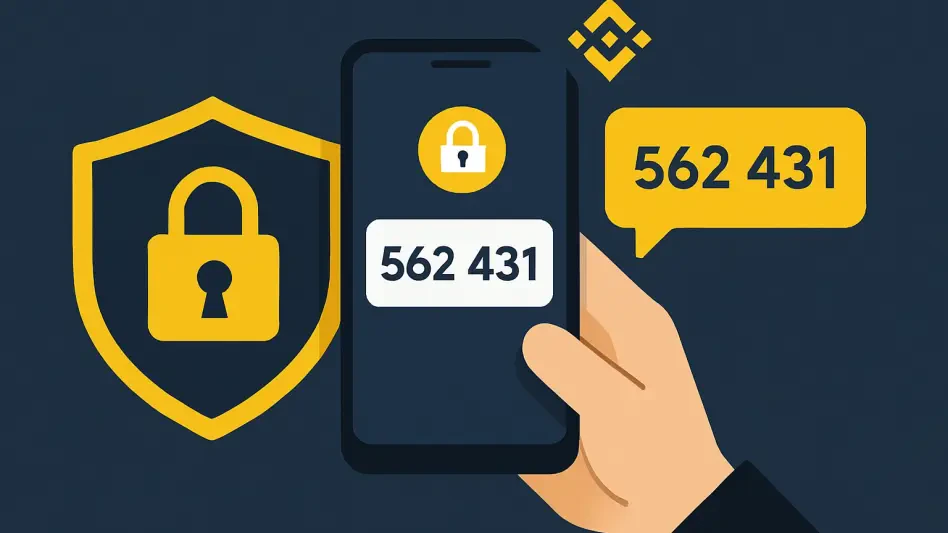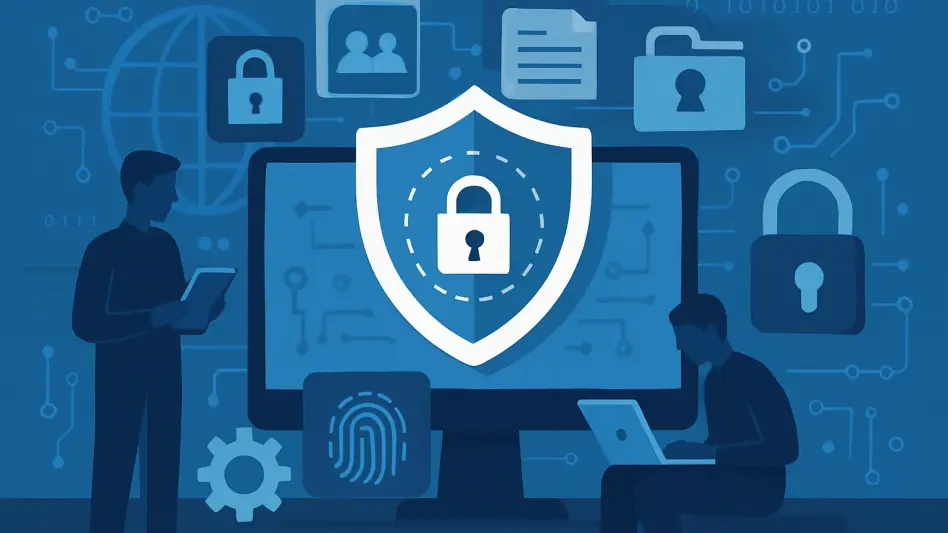Cybersecurity threats are ever-present and evolving in the digital age, with email accounts being prime targets. Many cybercriminals aim to breach these accounts, unlocking a gateway to personal data, financial information, and sensitive communications. One of the most effective methods to combat this threat is through robust security measures, especially for widely used platforms like Gmail. A compromised Gmail account can lead to unauthorized access to various connected online services due to its central role in user authentication processes. Hence, Google has emphasized the importance of enhancing Gmail security by implementing advanced verification methods and regular password updates. Although no security measure is foolproof, taking these steps can significantly reduce the risk of unauthorized access and help protect personal data from cyber threats.
1. Understanding the Current Threat Landscape
The urgency to bolster Gmail security arises from the increasing sophistication of cyberattacks. Techniques such as phishing, where attackers impersonate legitimate organizations to extract sensitive information, have been on the rise. Google’s CEO, Evan Kotsovinos, highlighted a notable increase in scams, with over 60% of U.S. consumers observing this trend in recent years. These scams often lead to data breaches, impacting individuals’ financial health and privacy. Despite awareness, many users continue to rely on weak, easily guessed passwords, leaving their accounts vulnerable. This is particularly concerning for Generation X and Baby Boomers, who are less likely to adopt modern security practices compared to their younger counterparts. For effective defense, understanding the threat landscape and knowing the common attack vectors is crucial.
Google’s strategy to tackle these challenges involves moving beyond traditional passwords, which are often the weakest link in security chains. Instead, they advocate for more secure alternatives such as passkeys, which require biometric verification like fingerprints or facial recognition. Passkeys not only enhance security but simplify the login process, reducing the burden of remembering complex passwords and minimizing exposure to phishing attacks. Despite these advancements, user adoption varies. While many younger audiences embrace these technologies, other demographics remain hesitant, potentially due to a lack of familiarity or distrust in biometric solutions. It’s essential for users across all age groups to understand and adopt these measures to ensure comprehensive protection against unauthorized account access.
2. Implementing Enhanced Security Measures
To address the vulnerabilities in traditional password systems, users are encouraged to adopt stronger security practices and leverage new technologies like passkeys. Activating passkeys on a Gmail account is straightforward. Users can access their Google account settings, navigate to the “Security” section, and select “How you sign in to Google.” The option for “Passkeys and security” allows users to set up these features, offering an additional layer of protection. This method not only secures the account but also simplifies access through biometric features or time-bound PIN codes sent to verified devices.
For those who prefer not to transition entirely away from passwords, Google suggests activating two-step verification as an added security layer. This method sends a verification code to a user’s phone, ensuring only authorized devices can log in. It acts as a significant deterrent to unauthorized access, proving effective in thwarting many hacking attempts. These features are part of Google’s broader initiative to protect users’ digital identities by minimizing reliance on passwords and embracing more modern, secure alternatives. Understanding and implementing these security measures can greatly enhance an account’s defense against potential breaches.
3. Future Directions in Account Security
The necessity to enhance Gmail security comes from the heightened sophistication of cyberattacks. Phishing, where attackers pretend to be legitimate entities to gain sensitive data, is increasingly prevalent. Google’s CEO, Evan Kotsovinos, noted a significant uptick in scams, with more than 60% of U.S. consumers noticing this trend recently. These scams often result in data breaches, jeopardizing personal financial information and privacy. Even so, many users persist in using weak passwords, making accounts susceptible to attacks. This issue is particularly worrisome for Generation X and Baby Boomers, who are less inclined to adopt new security measures compared to younger people. To effectively defend against threats, it’s crucial to understand the landscape and recognize common attack tactics.
Google aims to address these issues by moving away from traditional passwords, seen as the weakest security element. They promote stronger options like passkeys, utilizing biometric checks such as fingerprints or facial recognition. Passkeys enhance security and simplify logins, decreasing the chances of phishing. While younger users often adapt to these innovations, older demographics may hesitate due to unfamiliarity or distrust in biometric tech. It’s vital for all ages to understand and implement these changes to protect against unauthorized account access.








